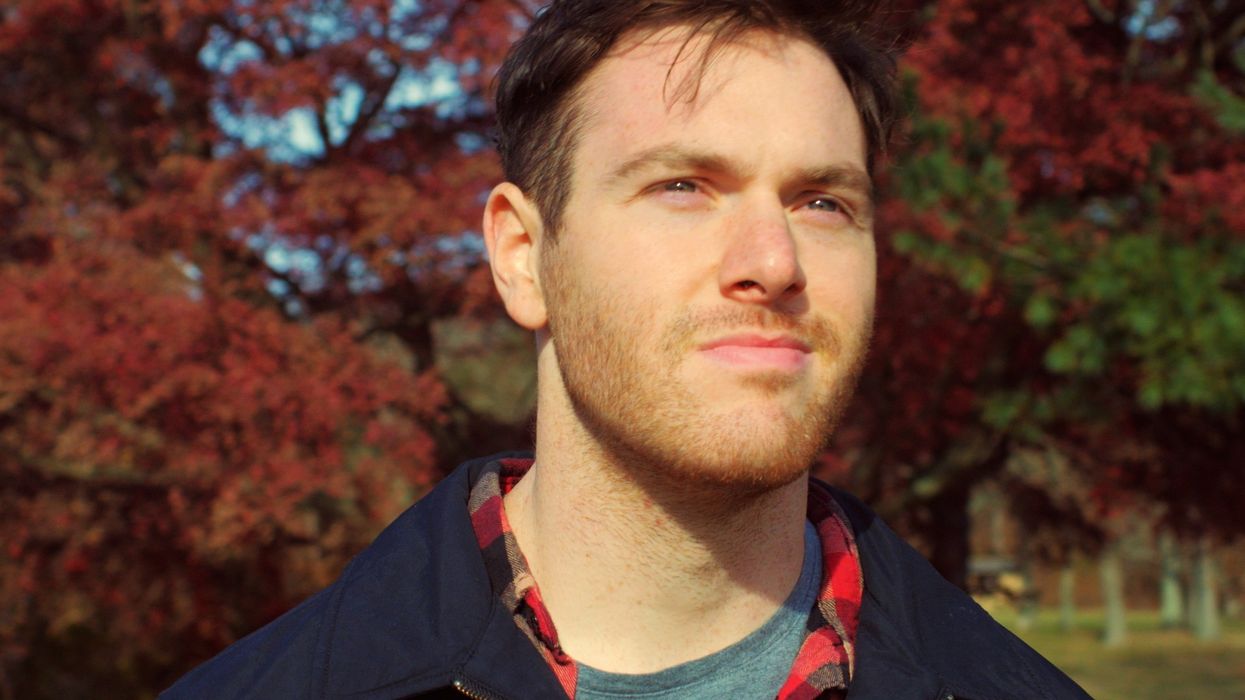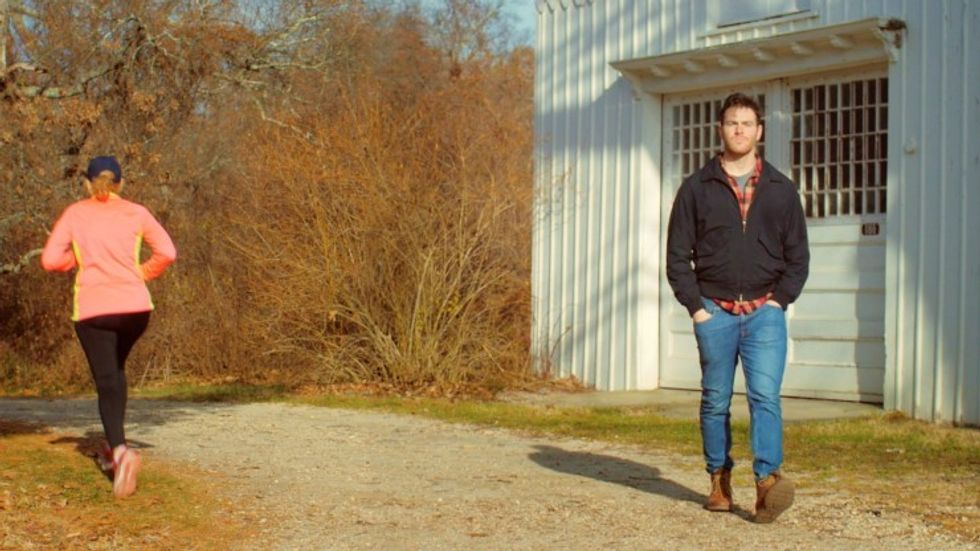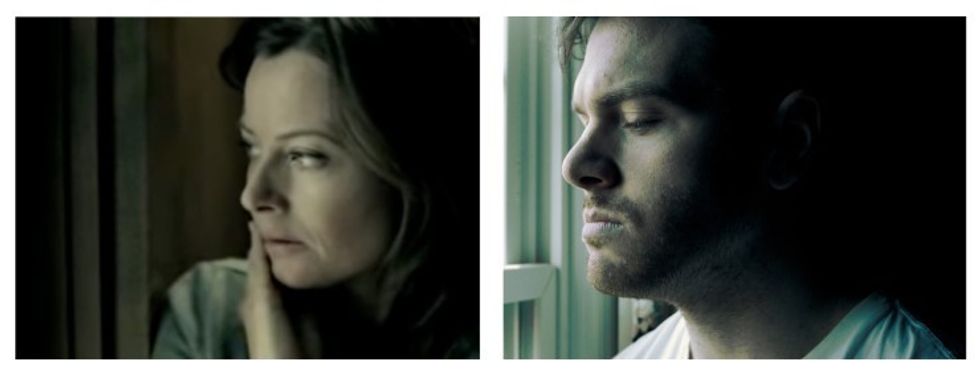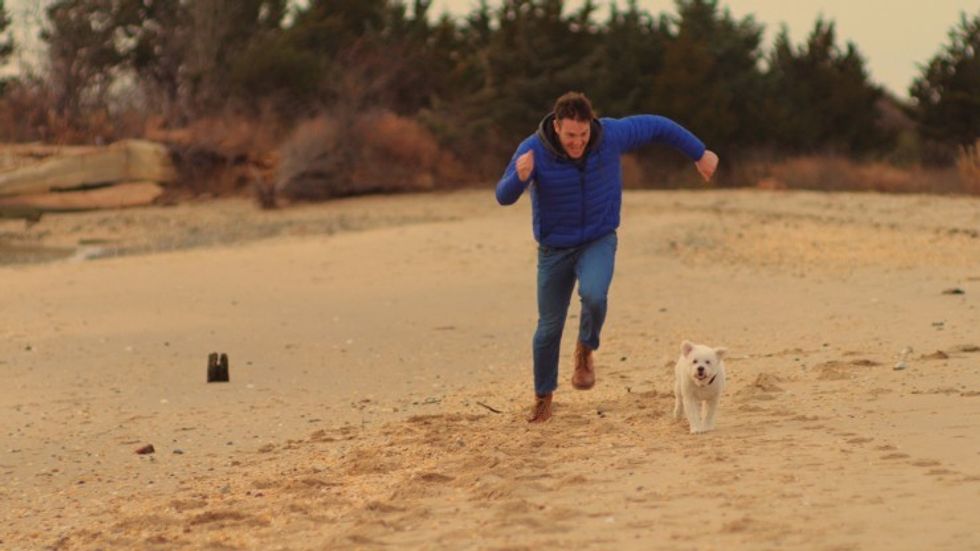How to Make the Perfect Parody
Talk to your doctor to see if Advertocil is right for you.

We can probably all recognize a medication advertisement when we see one. But how? What is it exactly that makes our brains go, This is a medication advertisement, oh, that reminds me I have to make those returns to LL Bean?
Disclaimer: I am by no means saying this parody is perfect, but the alliteration was hard to resist!
The most important part of creating a parody is successfully evoking your source material. The audience needs to settle into the comfort of the familiar before you shake it up and hopefully get a surprise and giggle out of it all.
But evoking is big and abstract. We need concrete and actionable!
The good news—everything from the stars in the sky to what makes The Devil Wears Prada so watchable can be broken down into elements (Tucci + toole + Tunstall).
With this example, I’m hoping to show you that anything you’re trying to emulate—whether that be a particular genre, style, or tone—can be broken down into technical or logistical pieces that you can identify and create for yourself.
Let’s take a look at how I broke down and rebuilt the elements of a medication advertisement around the joke of it all… for about $75.
Research
In order to really dissect these components, you have to identify them. In order to identify them, you have to watch them. Over and over and over again.
I wasn’t exactly eager to strap myself into four hours of Judge Judy for the sweet respite of the commercial breaks, so thankfully YouTube came to my rescue by way of the actors who uploaded these commercials for their reels. The recommendation algorithm scooted me around, and I sat down with a good amount of lakeside, slow-mo content.
In watching your source material over and over, you can start to see the connecting dots. It’s really satisfying when you can actually pinpoint and identify what makes something up—and therefore, how you can break it down, rebuild it, and twist it into your favor.

Identifying and Replicating the Elements
The Content
It all sounds a bit overwhelming. Where to start? Let’s begin with fact-based observations about the content only. Here are some of the things I noticed.
- Multiple locations
- Mix of outdoor and indoor settings
- Often one main subject
- One main location with a talking head
- Set during a transitional season like spring or fall
- Physical activity like jogging, walking, biking
- Dogs
- Docks
- Element of water
- Smiling in nature
- Sunrise or sunset
Structure
These commercials by and large follow the same structure:
Act 1: Open on a sad, desaturated main character (usually looking out a window) who hasn’t had the pleasure of being pharmacologically rescued yet.
Inciting incident: Then my doctor told me...
Act 2: We see their life on the medication, with a combination of a talking head and a montage of activities they can now participate in.
Act 3: They wrap it up with a cute button and brief warning about a possible sudden kidney explosion.
The voiceover is the key. It guides us through the same play-by-play—introduce the medication, describe what it does, common side effects, warnings, talk to your doctor today!
Let’s break down some of these other visual, audio, and performance elements in terms of what I observed, and how I implemented that in production.

Visuals
Frame Rate
What: In my mind, slow motion was a key piece of these commercials. But through watching them, I realized that “true slow-mo” was actually less common. Meaning, footage shot at twice the “normal” shooting frame rate and then made half-speed in post—for example, 48fps for a “normal” of 24fps or 60fps for a “normal” of 30fps.
Instead, it was more common to see a slight slow down, where the actors looked like they were moving through water. It gives a heightened appearance, a bit elevated from the real world.
How: After some research and testing, I settled on making 24fps my “normal” for the shoot. So whenever our subject was talking, we would watch this in 24fps. But I would shoot almost all the other scenes in 30fps, and then slow them down 20% to the 24fps “normal,” achieving this slightly slow, buttery motion.
The opening sequence was done in true slow-mo. For the slow-motion side effect shot where he is walking and a jogger runs past him, I shot the same frame twice at different settings and split it down the middle, a divide mostly hidden by some busy branches.

Camera Movement
What: In general, the camera movement for these commercials is smooth, slow, and deliberate. Wide shots often have the camera moving across the scene on a dolly or slider. There’s also a looser feel overall after the medication—not locked down, but not shaky either. The camera was often in motion during the talking heads.
How: I rented a slider for the tripod for $30 and used this in a lot of the establishing shots, especially to follow our subject as he is walking through the scene. It added a touch of polish and dynamic motion to the more static moments, like arranging lemons in a bowl. I also rented a monopod for $10 to give a bit more stability to the handheld shots.

Color
What: The opening scene before the medication is drab, dull, and desaturated, sometimes with a green or blue color cast. After, there is a nice pop of color, usually pretty daylight neutral, but sometimes with a warmer overall tone.
How: In DaVinci Resolve, I created an ultra-stylized look for the despair of the "before." For the "after," I added a heightened, warmer color cast to give the footage a dreamy, ideal feeling. This was also done with the intention of making up for some of the limitations of the camera (which was a Panasonic G7). Shooting right before and at sunset also lent a nice, dynamic warmth and enhanced the overall image.

Location
What: Multiple locations. A mix of neat, bright, and clean indoors, often with sun streaming through the window, and idyllic outdoor settings. Common spots include parks, waterfronts, beaches. And docks! So many docks!
How: We shot Advertocil in one day, so it was important to find locations that looked different but were physically close to each other. The beach in New Jersey became the main location for the talking heads and a lot of the montage. The bay side had these nice little pockets with distinct natural features. On a time crunch to make it to the beach by sunset, we had to skip the planned lighthouse and opt for the park’s old well instead.
Time of Day and Year
What: The main montage activities take place during the day, with sunrise or sunset coming into play as well. Often set during a transitional season like spring or fall.
How: Because this was a school assignment, I had to shoot in the first week of December. Ideally, it would have been great to catch some more leaves on trees earlier in the fall. But I did scout out the last red tree in the tristate, which agreed to make an appearance after some lengthy contract negotiations. Thankfully it was a uniquely warm day, and we avoided a snowstorm that hit just the next weekend.
December also meant that the sun set at 4:30 p.m., so there was a lot of daylight lost. I knew that shooting around sunset was important, so on the fly during the day, I opted to prioritize that instead of trying to squeeze in more locations.

Voiceover
What: In addition to the main subject narrating their journey, the other star of the advertisement is the medication voiceover. Most likely a woman, they read through pleasant side effects like spontaneous dancing brain amoebas with an unmistakable warmth and authority.
How: Remember how I said I was on a budget? Well, it’s the best thing that could have happened to this project. I found the glorious Lisa Baarns on Fiverr, who knocked it out of the park. She played it completely straight, adding fantastic legitimacy to the piece.
Music
What: In the "before," the music is characterized by a slow tempo, often with strings, creating a somber or melancholy mood. After, we pick up with hopeful, upbeat tunes, where you can likely find an acoustic guitar.
How: Through a friend, I was connected to fantastic composer Tom Ciccone who built me this flawless custom track in just a few days. Not only that, but as I was still editing for a class deadline, he broke it into 8 bar sections, so I could easily chop it up and re-time it.
Casting & Wardrobe
What: Casting elements like age, race, and gender really vary across these commercials. Often it depends on the type of medication.
Lots of jeans, flannels, and windbreakers. Think Lands' End outlet mall mannequin come to life. Since these commercials are often set during a transitional season like spring or fall, layers are key. Neutral tones with lots of blues and greens.
How: Who else but my constant collaborator, the telegenic wonder boy Luke Sand. He went through his closet with the above directive, and here we are!

Final Thoughts on Breaking It All Down
Think about the visual, audio, and performance elements in your source material. How is the camera moving? How is the color grade affecting you? What are you hearing? What do you notice about wardrobe, location?
Approaching film from a concept, whatever it may be, can feel massive and daunting. Hopefully, I’ve shown you that it’s possible to break these things down into manageable elements that you can work with and act on.
I shot Advertocil a few years ago, and it was one of the first projects I ever made. Of course, there are many things I would do differently now. I adjusted the initial script to match the size and scope of our one-day and one-actor shoot. That meant losing certain medication advertisement touchstones like the classic group scene where our medicated friend is now thriving in a social environment. Or the original concept of the proud grandparent moment, which would have likely involved enlisting one of the children on my babysitting roster at the time.
We all face limitations when making something, whether that’s budget, time, scope, or, in the case of a Nicholas Sparks adaptation, a Carolinas-only geographical rule. This makes it all too easy to see the limitations in our final work.
Just like we can break things down at the beginning of the process, we can do it at the end. I’ve grown a lot as a director, cinematographer, and editor since making this project. I could reduce the final film down into elements that I would tweak or re-do or replace. As I was typing this article up, I had a not-so-passing thought that I should reshoot this on my Sony. I know I could nail the visuals even better now, and make the jokes land harder.
The thing is, we could do this (and I certainly have done it) with every single project or piece of art we make forever, and they’d likely never see the light of day. Doing this would also take away from the whole. A whole film that we worked hard on, learned from, and grew because of. And in the end, the whole is something that I think works pretty darn well.
















